- Call us: 01444 237070
- Contact Us
- Stores
- Sign In / Register
-
- Back
- Used Cameras
- Used Accessories
- Used Lenses
- Used Video
- Used Film Equipment
- Used Stock Alert
- Used Blank Test
- Sell or Part Exchange
- Used Clearance
- Recently Added Used Equipment
- Park Picks
- All Used Black Friday Deals
- Faulty
- Trade-In
- Blog
- New in
- Call us
- Contact us
- Stores
- Sign in
- Categories
- Tips & Inspiration
- Reviews
- News
- Events
- Features
- Buying Guides
- Competitions
OM System OM-1 Mark II for Birds and Wildlife
As a beginner wildlife photographer with a background in nature and landscape photography, I’ve always been interested in trying the Micro Four Thirds camera system, which is geared towards the great outdoors. My usual kit is full-frame, but when the chance came up to review the OM System OM-1 Mark II primarily for birds and wildlife I was excited to discover what the smaller MFT format has to offer.

The extra reach from the 2x crop factor, lighter equipment, and a camera body designed for fast-moving subjects is especially appealing if you’re looking to capture nature without schlepping big, heavy equipment around.
Over the course of a few outings with the camera, the OM System 150-600mm f/5.0-6.3 IS, and the Olympus 40-150mm F/2.8 Pro, I found myself aiming at everything from birds to deer, and of course I took some shots of the moon. It would be rude not to with a 1200mm equivalent lens, right! (Check out our OM System 150-600mm f/5.0-6.3 IS lens review for more moon, wildlife and bird shots).
This was the first time I’ve used a Micro Four Thirds camera, and there were plenty of moments that showed why this model has caught the attention of so many bird and wildlife photographers in particular.
So, if like me, you’re wondering whether the OM-1 Mark II is right for your outdoor content creation and you want to explore this kind of long lens photography, join me as we dive in with a quick overview of the sample images you’ll see.
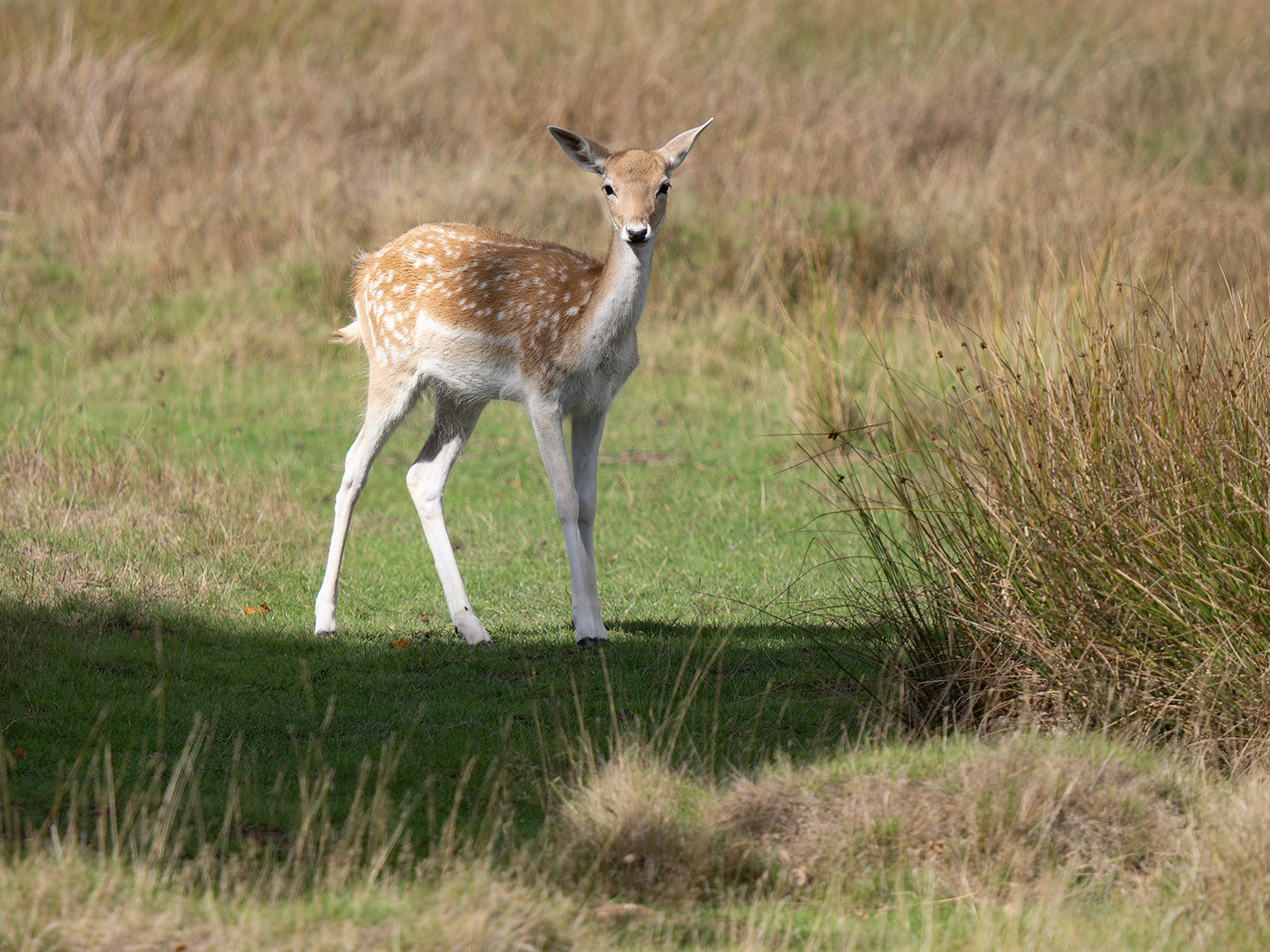
Sample 01 with OM System 150-600mm f/5.0-6.3 Lens @449mm. Camera settings: 1/800 sec. f/6.3. ISO 250 (right click to open larger)
OM System OM-1 Mark II Sample images
Over the course of a couple of weeks Nick Dautlich visited local woodlands, parks, and wildlife reserves around the South East to get an idea of how the camera handles with a variety of subjects and conditions. All of the samples were captured in manual mode or using speed priority with Auto ISO and various focus settings.
You can right click to enlarge the sample images for more detail.
The files are straight-out-of-camera JPEGs, except where noted, as some have noise reduction, basic edits, and cropping applied, in order to get the best results while staying close to the originals.
I was surprised that by default the camera produces very clean JPEGs, albeit with fairly strong noise reduction applied, which is perfect if you like to shoot and share. You can of course adjust JPEG processing settings for Sharpness and Contrast, white balance and so on, but I left them as they were for this review. Typically, we shoot in RAW + JPEG, so that we can share immediately and edit if we prefer later on, at least that way you get the option.
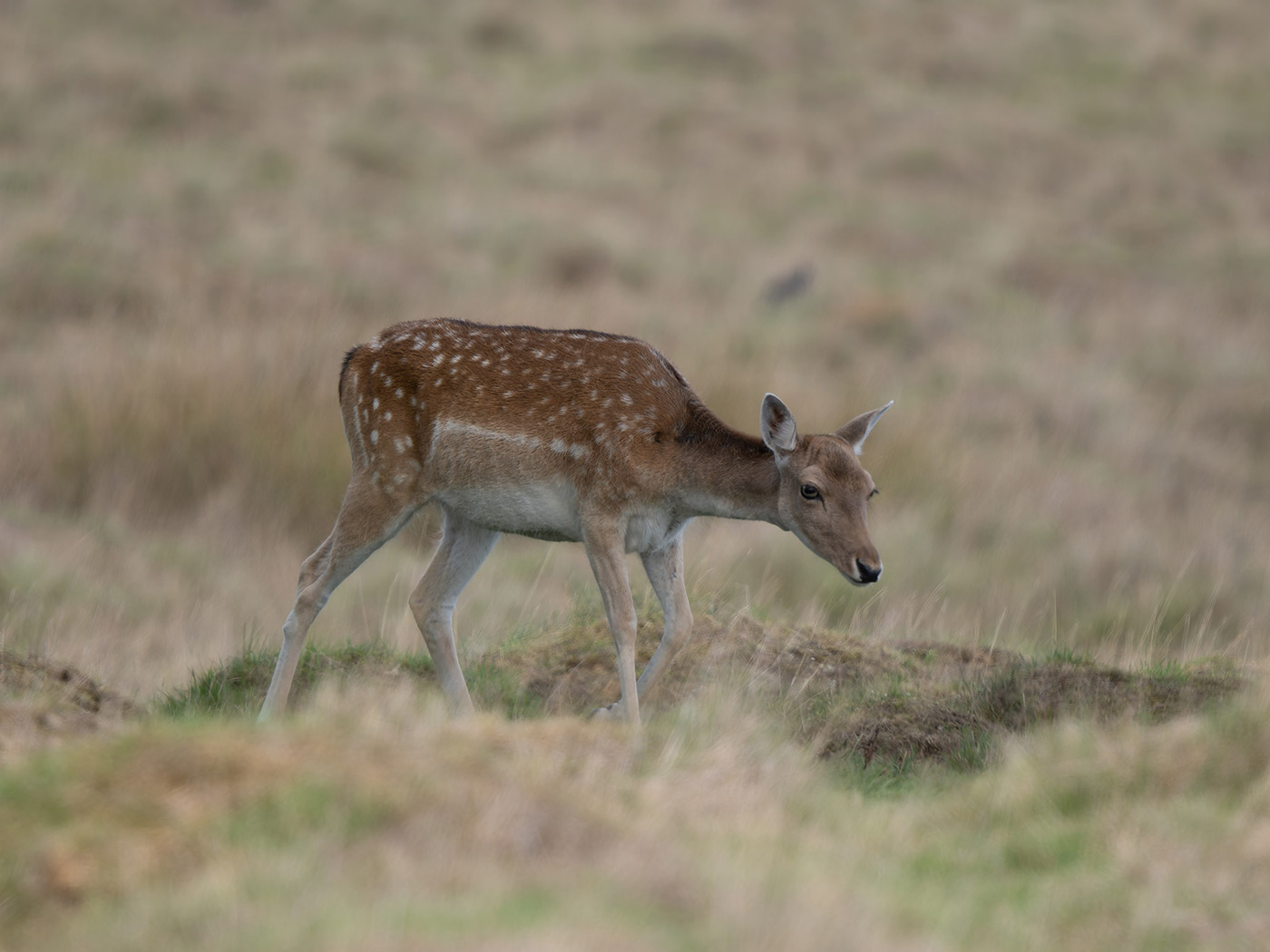
Sample 02 with OM System 150-600mm f/5.0-6.3 Lens @548mm. Camera settings: 1/800 sec. f/6.3. ISO 500 (right click to open larger)
Background
Before diving in, here’s a quick reminder about the second-generation OM System OM-1 Mark II. It launched on 30 January 2024 as the new flagship Micro Four Thirds camera, replacing the original, which had already made a name for itself among bird and wildlife enthusiasts thanks to its speed, stabilisation, and weather resistant build.
The Mark II looks similar on the outside, however OM System refined a lot of its technology, improving autofocus, subject detection, and the buffer amongst other upgrades. We covered the launch in our OM System OM-1 Mark II Review, where Gareth explored the camera’s headline features and compared it to the original.
A year and half later and the OM-1 Mark II is still the flagship from OM System, with firmware updates along the way, which have updated features such as the continuous shooting modes.
Today the camera is available both new and second-hand. Buying a used OM System OM-1 Mark II can be an excellent way to save money while still getting access to the same features, but you have to be quick, as they tend to get snapped up. Let’s find out more about pricing next.
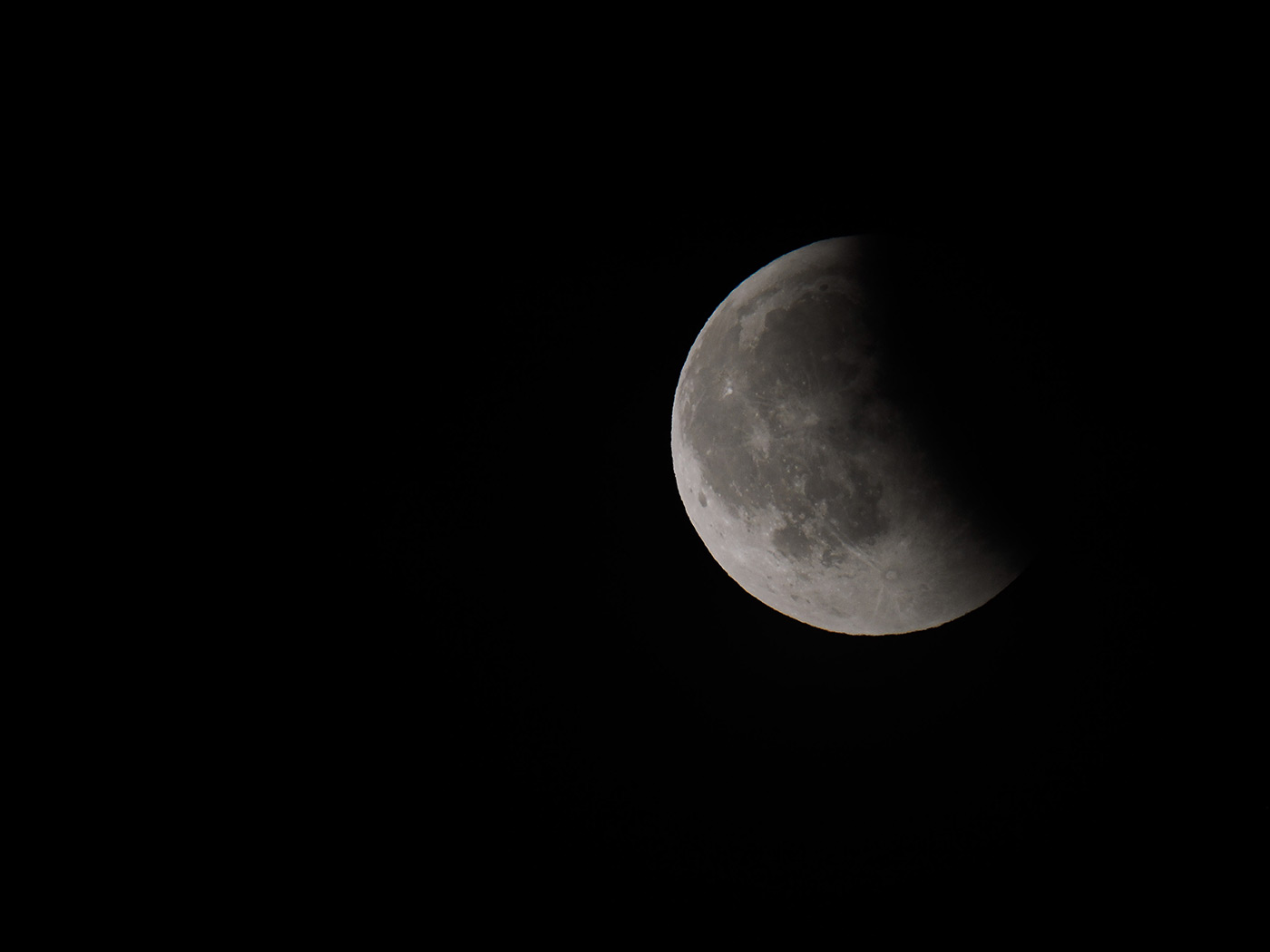
Sample 03 with OM System 150-600mm f/5.0-6.3 Lens @600mm. Camera settings: 1/640 sec. f/6.3. ISO 640 (right click to open larger)
How much is the OM 1 Mark II in 2025?
The OM System OM-1 Mark II price varies depending on whether you buy it new or pre-owned. As of 2025, a second-hand body starts at around £1,800.00 in good condition, and it can sometimes be found on sale new, which discounts the £2,199.00 RRP.
Whether you’re shopping new or used, you’ll also have to budget for a couple of Micro Four Thirds Lenses. OM System has a great range of new and legacy Olympus lenses available. For the purpose of this review, I shot with the OM System 150-600mm, which is an ultra-telephoto that costs £2,499.00 new, or around £1,679.00 for a used version.
For the second lens, I shot with the original 40-150mm F/2.8 Pro, which is around £800.00 second-hand, and you can buy the OM System M.Zuiko Digital ED 40-150mm F/2.8 PRO brand new for £1,199.00 before any sale.
Jut as with the camera body, OM System has new and used micro four thirds lenses, with the used market giving you great value if you’re working with a tighter budget. You can read more about the OM System 40-150mm F/2.8 Pro review here, which also covers price in more detail.
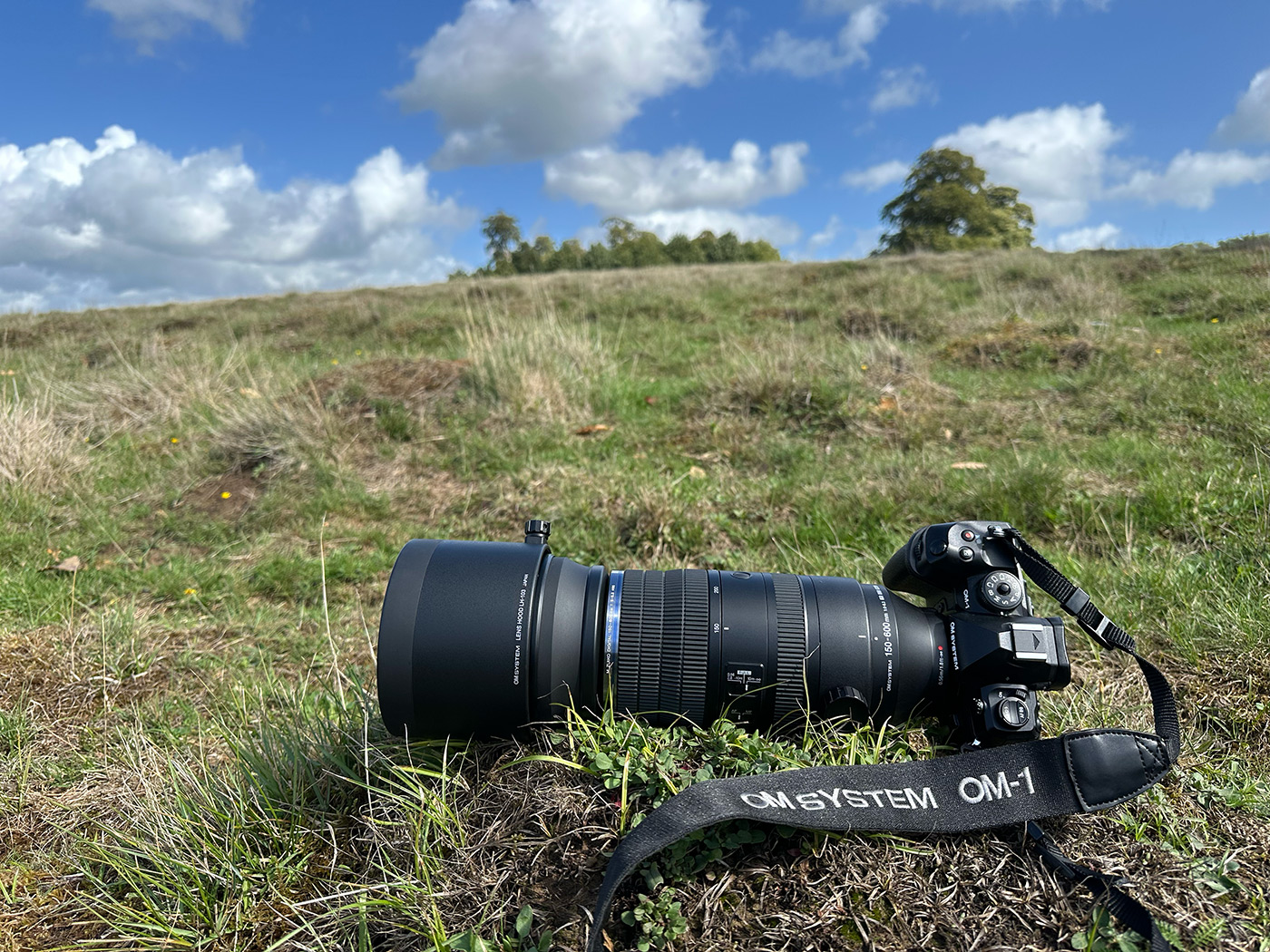
OM-1 Mark II key features
When considering the OM System OM-1 Mark II for birds and wildlife, it is clear that many of its features are geared towards outdoor subjects. Below is a list of the main features that stood out as being most relevant for these sorts of genres.
- Stacked 20MP Micro Four Thirds sensor with fast readout speeds
- Continuous burst at up to 120fps (with locked focus) or, perhaps more usefully, 50fps with full AF/AE tracking
- Buffer enables around 213 RAW frames at maximum speed before the camera slows
- Intelligent Subject Detection AF includes aircraft, bullet trains, birds, cats, dogs, formula cars, helicopters, humans, motorcycles, rally cars, standard trains, and steam locomotives
- In-body sensor-shift image stabilisation for up to 8.5 stops of compensation
- Dust-proof and splash-proof to IP53 standards, which is desirable for outdoor shooting, and it’s also good to have a standardised rating to go by
- A high-resolution 5.76M-dot electronic viewfinder with a clear view and minimal lag
- Pro Capture mode buffers frames before the shutter is fully pressed, although I did not use this feature
- The camera weighs 599g including battery and memory card
I didn’t record any movies however, the OM-1 Mark II does have 4K at up to 60fps in 10-bit, which is more than adequate quality for most content creators. Similarly, there are lots of computational features which the micro four thirds system is known for, including Live ND filters and 50MP handheld RAW high-res shots, which I regret not trying. GAH.
Ragrets aside, let’s explore the handling next.
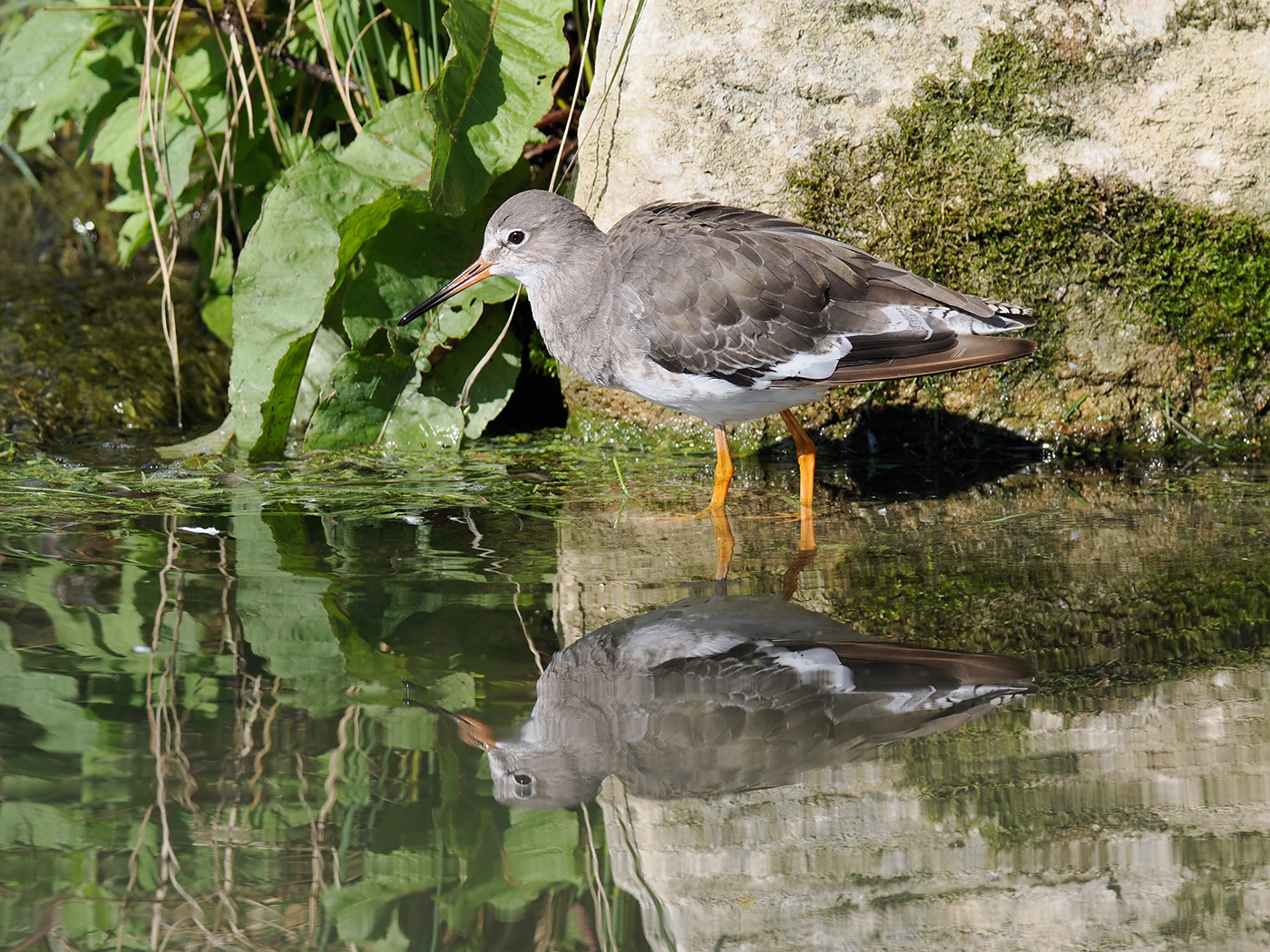
Sample 04 with OM System 150-600mm f/5.0-6.3 Lens @220mm. Camera settings: 1/500 sec. f/6.3. ISO 200 (right click to open larger)
Things to love about the OM-1 Mark II handling
OM System updated the Mark II ergonomics with grippier rubberised dials, and the body has a rugged feel that comes across as reassuringly robust. I thought it might be smaller, but the camera strikes a good balance between size and handling, which doesn’t feel flimsy, nor is it featherweight, but sits somewhere in the middle.
The grip is decent and inspires plenty of confidence, even when you slap on the rather enormous 150-600mm f/5.0-6.3 IS lens. The stabiliser is worth mentioning here too, as it does an excellent job of maintaining sharpness, with an incredible 8.5 stops for those who want to shoot without a tripod. While I didn’t really push these figures to the limit because I was shooting fast for on the whole, I did find that I could capture static subjects at 1/160 with the large lens, which is fantastic for low-light opportunities.
You can have a blackout-free shutter when shooting at high burst rates, which is very useful in order to keep your subject placed where you want it in the frame, and definitely something many other cameras suffer from. There are some technical caveats, so if you want fast bursts with blackout free shooting, it’s best to shoot at maximum speed where possible.
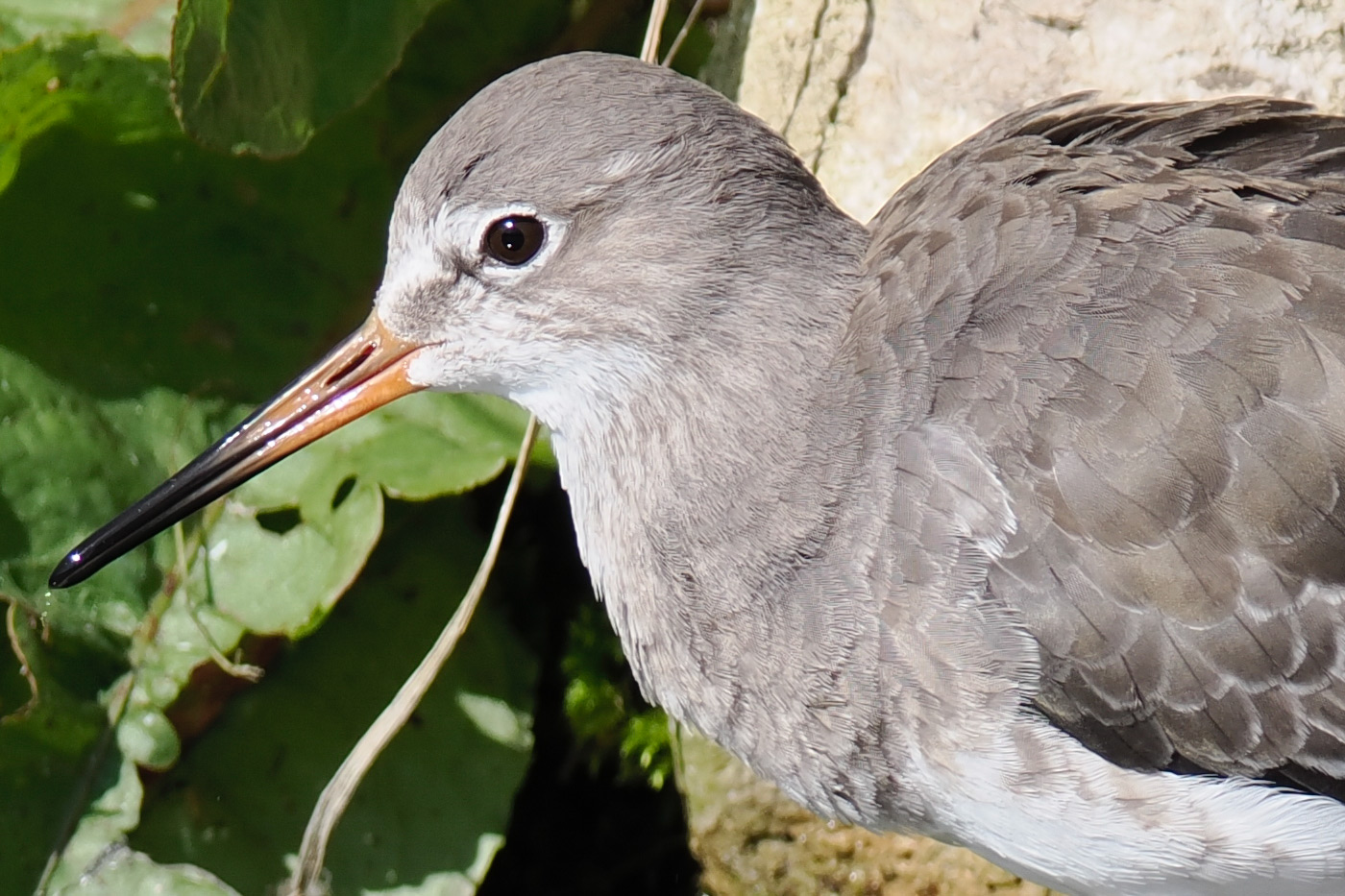
100% crop from previous image to show detail
The body has a familiar control layout, with buttons, icons, and placements that feel much like other cameras, so it’s easy enough to find what you need. As a newcomer, I did find the menu system confusing at first. I imagine it would be second nature to anyone already familiar with OM System, and it will certainly appeal to more technical users who enjoy customising settings and fine-tuning how the body operates. For beginners it might take a little time to get the most out of all the features.
That said, getting the basics dialled in was straightforward, and I was able to set up the main functions I needed without constantly resorting to the manual. I also found the Quick Menu; or Super Control Panel, as OM System calls it, much easier to navigate, and it quickly became my go-to for changing settings on the fly.
The EVF is crisp and bright, which is exactly what you want when capturing fast-moving subjects. It also has a 3.0-inch vari-angle touch LCD with about 1.62 million dots that swings out and tilts, which is handy when you are low to the ground or shooting upwards. The screen is good enough for checking framing, focus, and navigating menus, though in very bright conditions I preferred using the EVF.
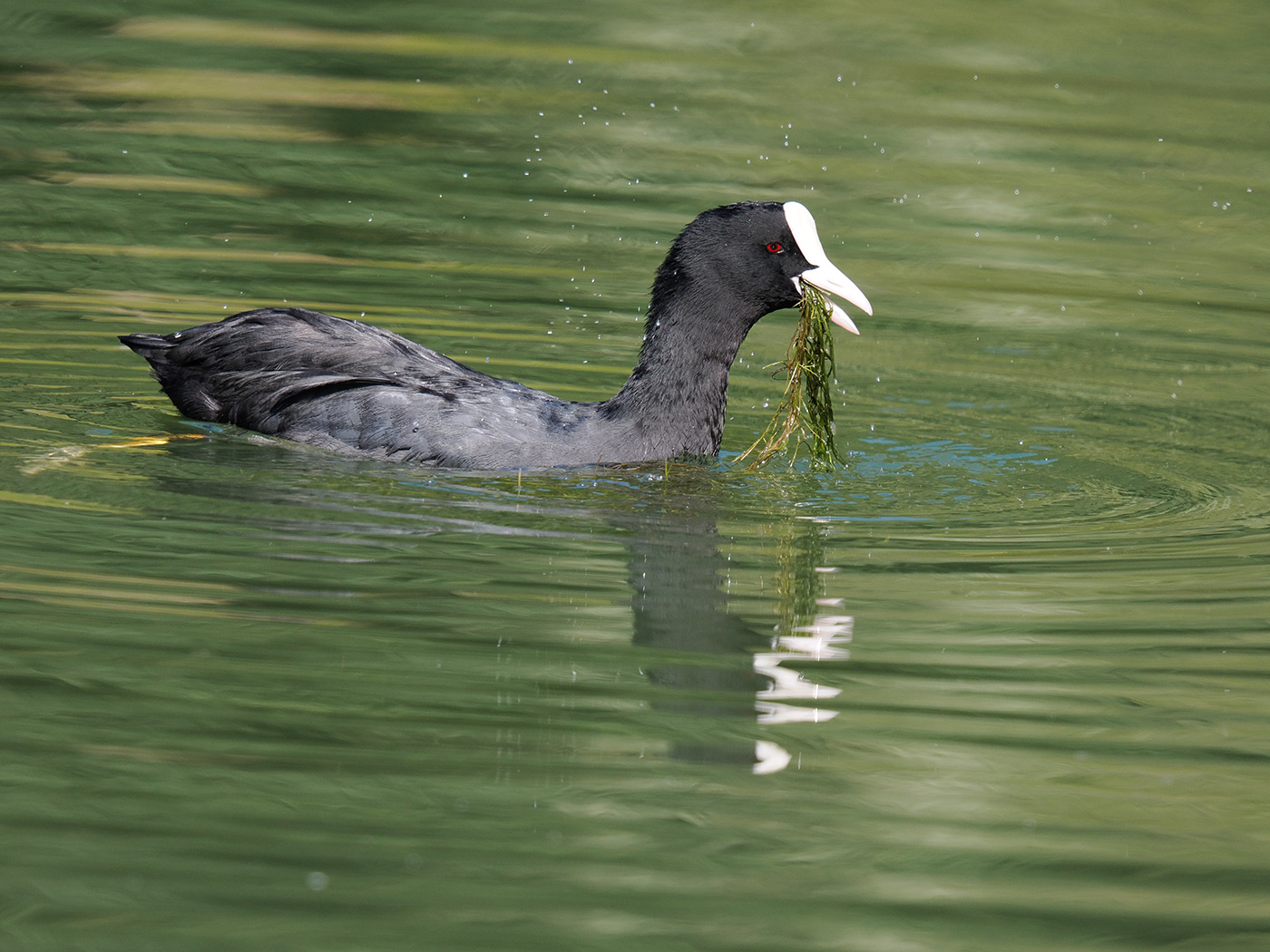
Sample 05 with OM System 150-600mm f/5.0-6.3 Lens @523mm. Camera settings: 1/1000 sec. f/6.3. ISO 640 (right click to open larger)
Battery performance on the OM-1 Mark II is very respectable, although not quite in DSLR territory. The BLX-1 battery is rated for around 500 shots, but in practice I found I could get closer to 800-1,000 frames on a charge with normal shooting where you mix bursts with periods of standby.
For wildlife, or any subject really it makes sense to bring a second battery, especially if you plan on long days out. The camera supports USB-C PD charging, too so you can charge it conveniently even when you’re in the field. All round the OM-1 II offers good battery life for a mirrorless body of this speed and capability.
This brings us neatly onto Autofocus, which is one of the main upgrades for the mark II.
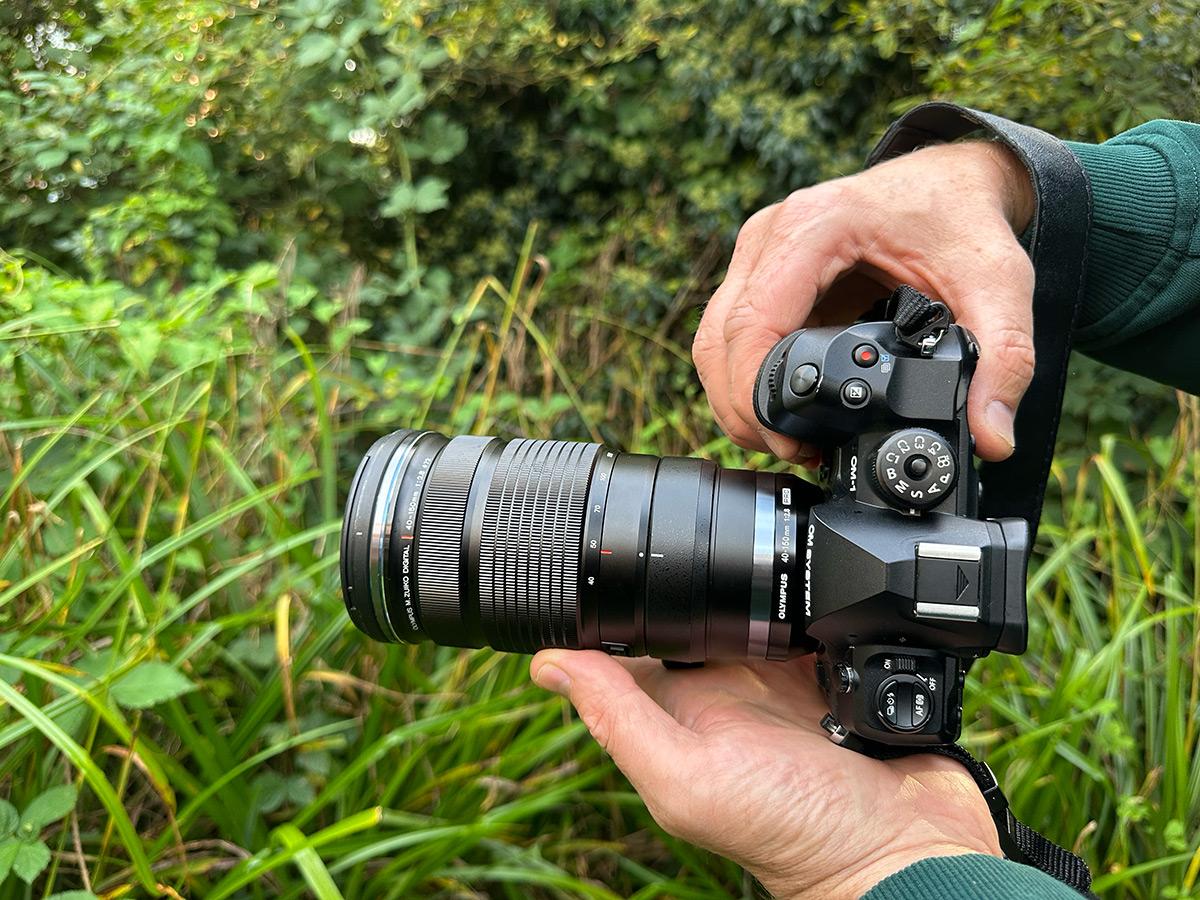
With the smaller M.Zuiko 40-150mm f/2.8 PRO Lens
Autofocus
I was surprised at how sticky focus is, even when subjects were very small in the frame. I pushed the camera and myself hard by trying to capture difficult shots of swallows diving across fields. If you ever feel like you’re getting too confident at focusing, I suggest heading for the swallows, they’re a challenge to be sure!
For most of my time I used large and occasionally whole-sensor AF area, and the camera does a good job of recognising and then tracking the subject it picks up. While the AF is undeniably quick and accurate in many situations, it did still struggle sometimes with fast-moving subjects. Tracking pollinators was another test, and I was surprised at how many of my shots were actually in focus, even when it looked like the AF was lagging behind.
Overall I was impressed, and OM System has clearly improved the AF system enough to be more in line with other brands. There are features built in that can further help you to achieve sharp results too, including a focus limiter option in the menus (in addition to the one on certain lenses), and customisable AF areas, so you can tweak the system to suit the subject you’re chasing.
Sharpness is just one element of imager quality, which we investigate next.
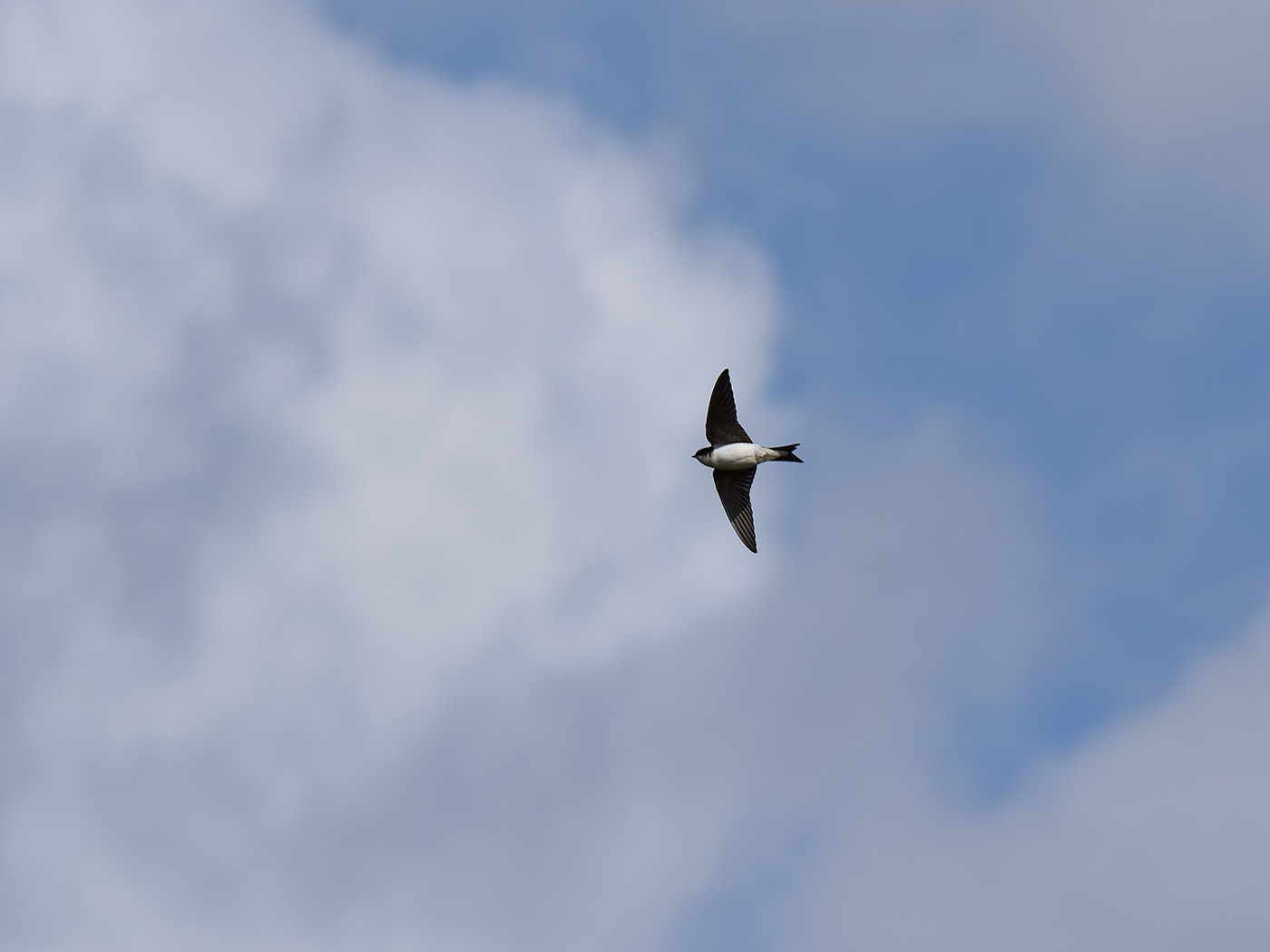
Sample 06 with OM System 150-600mm f/5.0-6.3 Lens @240mm. Camera settings: 1/1250 sec. f/7.1. ISO 200 (right click to open larger)
Image quality
The way the camera processes images is very pleasing. Colours and tones come out vibrant but still look natural, with JPEGs that need little or no adjustment. For anyone who prefers to shoot and share this is a benefit, although of course RAW files give you some more flexibility for edits.
Noise control was another surprise. Despite the smaller Micro Four Thirds sensor, the results were still good in darker conditions, and retained plenty of detail without images showing too much noise. Dynamic range is good too, although not exceptional, with around 12-13 stops at base ISO. This is definitely enough to recover shadows or highlights in post, but does fall short of leading full-frame cameras. For wildlife where shutter speed matters more than DR, it proved to be plenty, although it is worth exposing as accurately as possible, which is typically the case anyway.
Depth of field also works a little differently compared to full-frame, as with Micro Four Thirds you get more depth at equivalent settings, which in practice could even mean a better hit rate for getting front to back sharpness for wildlife. This is useful, especially when paired with the extra reach you get with a smaller field of view that is seen from larger sensors.
There was some room to crop, and at 20MP the OM-1 Mark II isn’t a high-resolution body by today’s standards, but when using long lenses it is definitely enough for posting to social media. I was genuinely surprised by the level of detail in the files, even when cropping shots of birds in flight such as buzzards and swallows that filled less of the frame.
All things considered, I found that the OM-1 Mark II produces suitably detailed results with great colour and a good balance between resolution, reach, and usability, which are amongst the main ingredients for birds and wildlife.
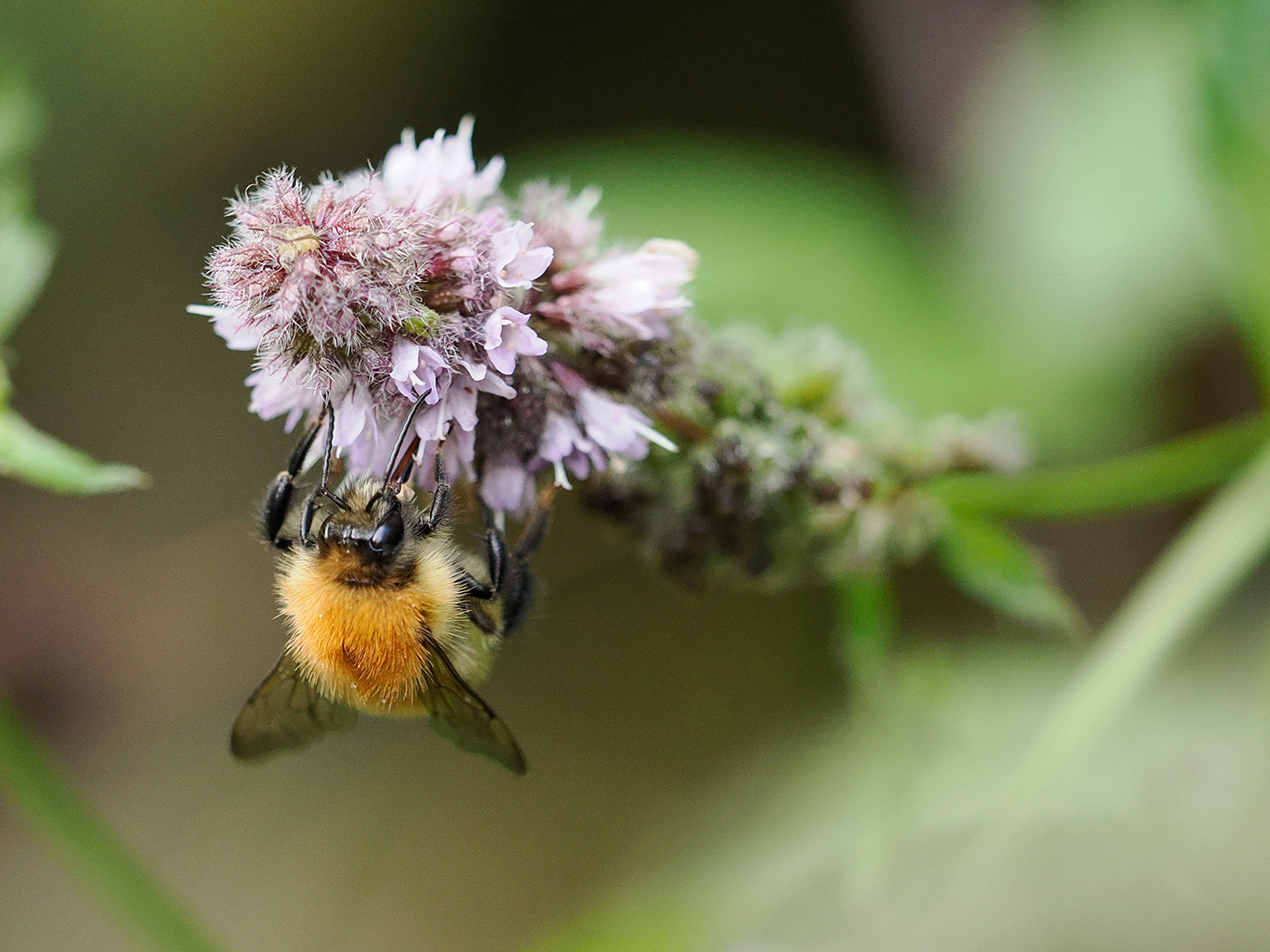
Sample 07 with M.Zuiko 40-150mm f/2.8 PRO Lens @150mm. Camera settings: 1/1000 sec. f/2.8. ISO 1600 (right click to open larger)
M 4/3 Lenses for wildlife
I used two very different lenses during my time, with the OM System M.Zuiko Digital ED 150-600mm f/5.0-6.3 IS and the Olympus M.Zuiko Digital ED 40-150mm f/2.8 PRO. The 150-600mm is a more recent addition and reaches an incredible 1200mm equivalent field of view, which is one of the longest zooms available for bird and wildlife photography.
It is a larger, heavier lens compared to most in the OM line-up, but it was manageable in the field and delivered stabilised shots that would otherwise need a tripod. You can read our hands-on OM System 150-600mm f/5.0-6.3 IS Review for additional sample images and a lot more.
The 40-150mm f/2.8 PRO is a far lighter, brighter option that covers more general outdoor subjects while still being just long enough for wildlife and sports. An updated OM System version is also available, and we have a separate 40-150mm f/2.8 PRO Review with more samples and info.
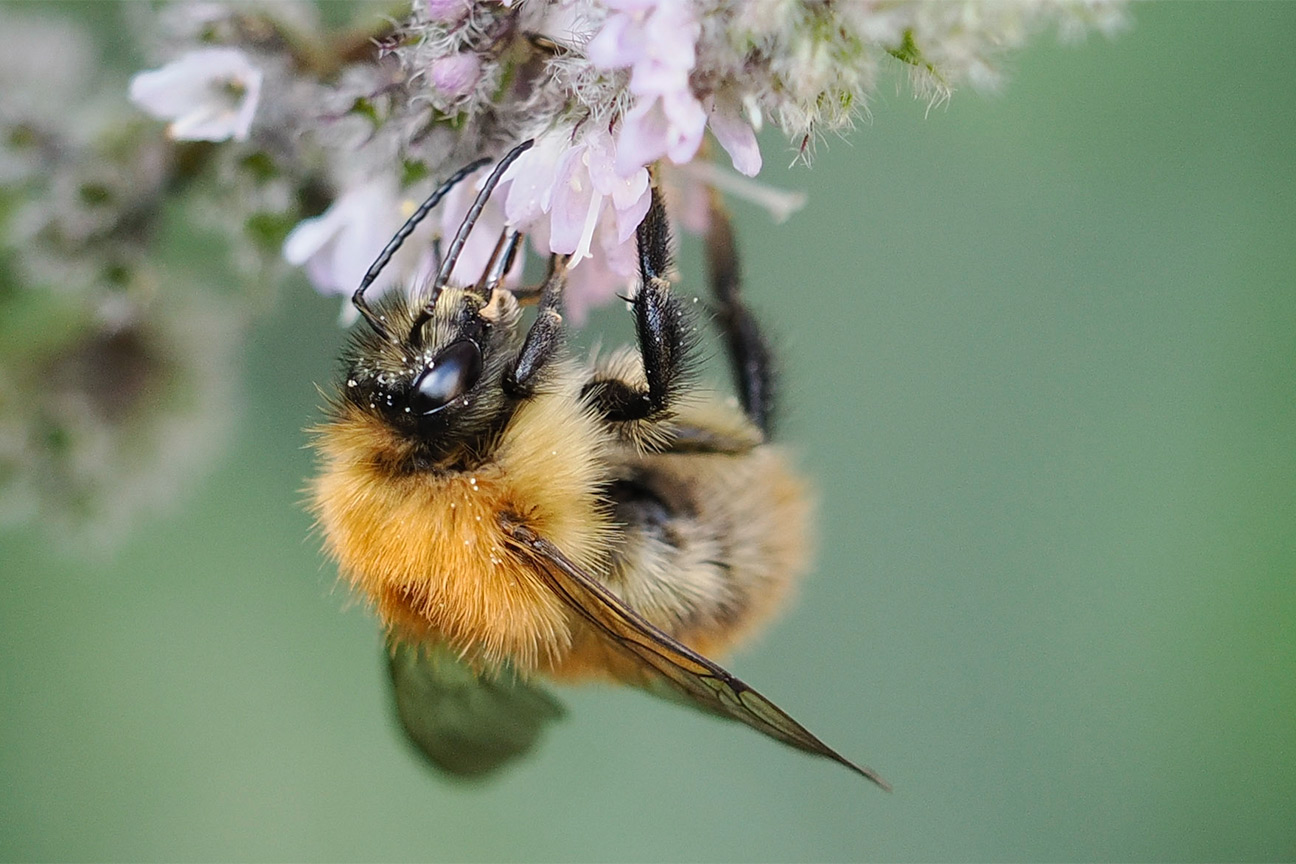
100% crop from previous image to show detail
Between these two and several other options in the line-up, such as the 300mm f/4 PRO and newer OM System M.Zuiko Digital ED 50-200mm F/2.8 IS PRO Lens, OM System now offers some of the best Micro Four Thirds lenses for wildlife. The smaller format makes them easier to carry longer focal lengths compared to full-frame, and whether you buy new or used, there is something for everyone and almost any budget. It’s the reach that really sets the system apart, effectively bringing the subject closer in the frame by double, which is extremely beneficial for wildlife and birds in particular.
Having been fortunate to spend some time with the OM System OM-1 Mark II, I came away impressed by just how well it meets some of the challenges for bird and wildlife photography. The combination of a fast stacked sensor, capable autofocus, and the portability of the Micro Four Thirds system do make it an appealing option for anyone who wants to explore long lens subjects without as much weight as full-frame gear.
The cameras’ AF is very good, and while it isn’t flawless, the hit rate was higher than I expected. Image quality was another surprise, with more detailed files than I expected, great colour, and enough dynamic range to handle low light conditions.
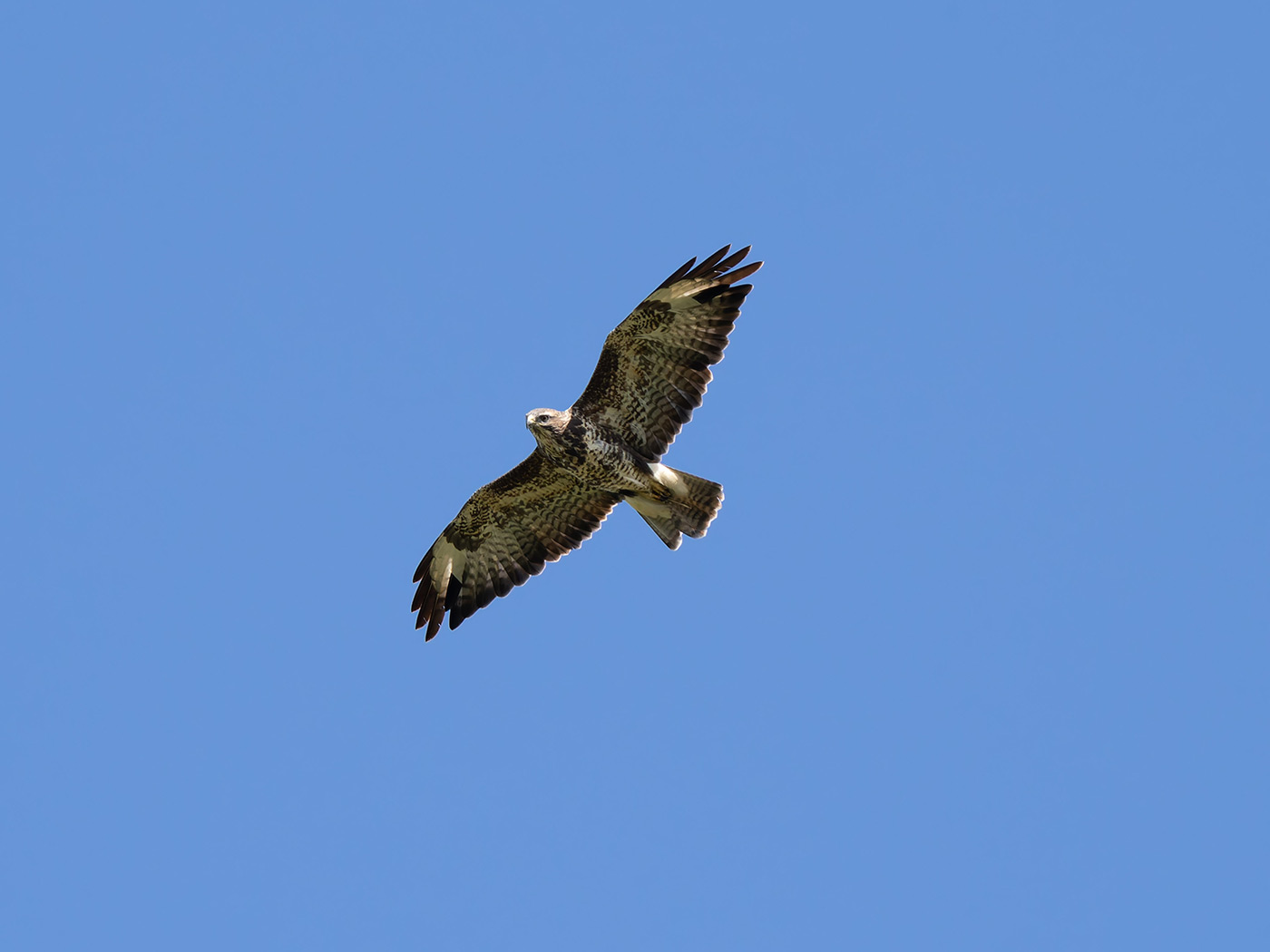
Sample 08 with OM System 150-600mm f/5.0-6.3 Lens @373mm. Camera settings: 1/1250 sec. f/6.3. ISO 640 (right click to open large
Add in fast burst shooting, the Pro Capture feature, and intelligent subject recognition, and you’ve probably got the best micro four thirds camera for wildlife, which makes capturing difficult subjects more achievable than ever.
You can buy the OM-1 Mark II new, or explore used OM System cameras and MFT lenses with trade-in available to make the switch more affordable.
Share this post:
By Nick Dautlich on 07/10/2025
Nick Dautlich
Senior Content Writer and Product Reviewer
Nick Dautlich is the Senior Content Writer and Product Reviewer at Park Cameras, with over 15 years of photography experience. A Sony Imaging Professional and expert reviewer, Nick has worked with major brands such as Canon, Sony and Nikon. His work is also featured on Vanguard World UK’s website, Capture Landscapes, and Shutter Evolve. Nick’s photography includes National Trust projects and magazine covers and he is passionate about landscapes and storytelling. Nick also enjoys hiking and teaching his children about nature. Learn more on his profile page.
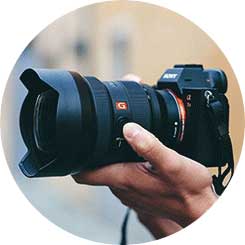
Trade in your old equipment
Fast and easy trade in service ensures your old gear is collected efficiently and you are paid quickly! It's very simple to trade in your unwanted photography gear. Just head over to our dedicated Sell or Part Exchange page, fill out the details, and we'll get back to you with an offer for your old gear. Take the cash, or put it towards the cost of your new gear. It's up to you! Find out more
sign up to the newsletter
Keep up to date on the latest photography news, events and offers. Sign up now